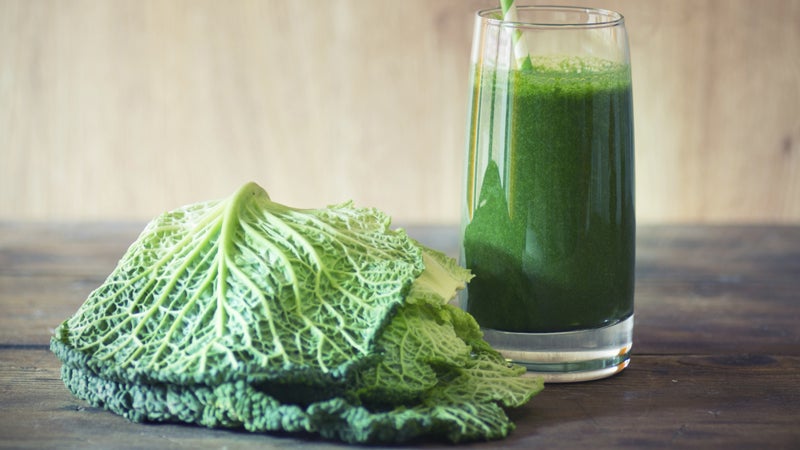Fitness and nutrition expert, takes his food seriously.
The author, speaker, podcast producer, and coach has made a career of advising athletes on how to train and maintain good health habits. To practice what he preaches, in his Spokane, Washington, home into a living example of to eat locally and produce your own food. There, he gardens, hunts, and ferments—and plans to have his own chickens and goat before long.
“I love that we have a real connection with our food, and that our kids can identify the plants in our garden,” he says.
He hopes his habits will convince his clients and followers to overcome the intimidation factor in growing and sourcing food. By following some of the Greenfield family’s simple habits, anyone can take a more active role in deciding what foods to eat.
“People are out of their comfort zone,” Greenfield explains. “They don’t know where to start.”
Many of his culinary strategies are easy for novices to adopt, while others require more work, skills, and space. One of the most basic ways to start producing your own food is by gardening. City dwellers with no yards of their own can seek out a plot in a local community garden.
And because some plants require less maintenance and care than others, Greenfield suggests starting with fast-growing crops like arugula and radishes. Another quickly flourishing plant is kale, which Greenfield suggests as a staple in an athlete’s diet because of its high iron content. Zucchini and summer squash are also easy to grow, he says, adding that they can serve as an alternative to pasta for athletes looking to limit their carbs.
At Greenfield’s house in Spokane, he and his wife, Jessa, have turned their backyard into a garden, where they grow all these vegetables. Most mornings, for his daily smoothie, which, he swears, tastes more robust as a result. The family also grows cucumbers, berries, corn, tomatoes, herbs, and other crops.
Aside from fresh produce, the Greenfields preserve food by canning and fermenting it. They take cucumbers from the garden and brine them to make pickles. They ferment carrots, cabbage, and peppers to make kimchi, and also make their own yogurt and kefir. Anyone can ferment or can food, Greenfield explains—and they don’t even need their own garden to do so.
Greenfield suggests that fermenting novices start with his family’s pickle recipe. Not only is the process easy, but pickle juice can help athletes replace electrolytes after a long run or ride. The Greenfields place cucumbers in an ice bath for two hours, then transfer them to a glass jar with a tablespoon of mustard seed, two fresh heads of dill, two heads of garlic, one tablespoon of salt, and four tablespoons of whey. (You can get whey from a yogurt container by simply scooping out the liquid that settles at the top.) They fill the jar with water to cover the cucumbers and let it sit on the counter at room temperature for three days. During that time, they shake the jar vigorously for 30 seconds two to three times a day and briefly open the lid after each shaking to release the gases that accumulate. The pickles are then ready to put in the refrigerator and eat.
In addition to gardening and preserving, Greenfield supplies much of the household meat by hunting, bringing home 50 to 60 pounds of white tail deer each season. He plans to start hunting turkeys as well. Since Greenfield doesn’t have to travel far to hunt, he spends little on the endeavor, paying only for a license and a butcher, who parcels the meat into freezer-friendly cuts.
If hunting isn’t an option, Greenfield suggests buying a portion of a grass-fed cow from a local company, as he does every year. The Greenfields save money by purchasing the meat in bulk, supporting a local rancher in the process.
Down the road, the Greenfields plan to continue expanding on the ways they can produce their own food. They’re building new digs on a larger plot of land so they can cultivate a bigger garden, raise ducks or chickens for fresh eggs, keep a goat for milk, and possibly even build a greenhouse for growing crops that normally wouldn’t survive Spokane’s northern climate.


